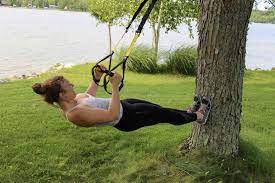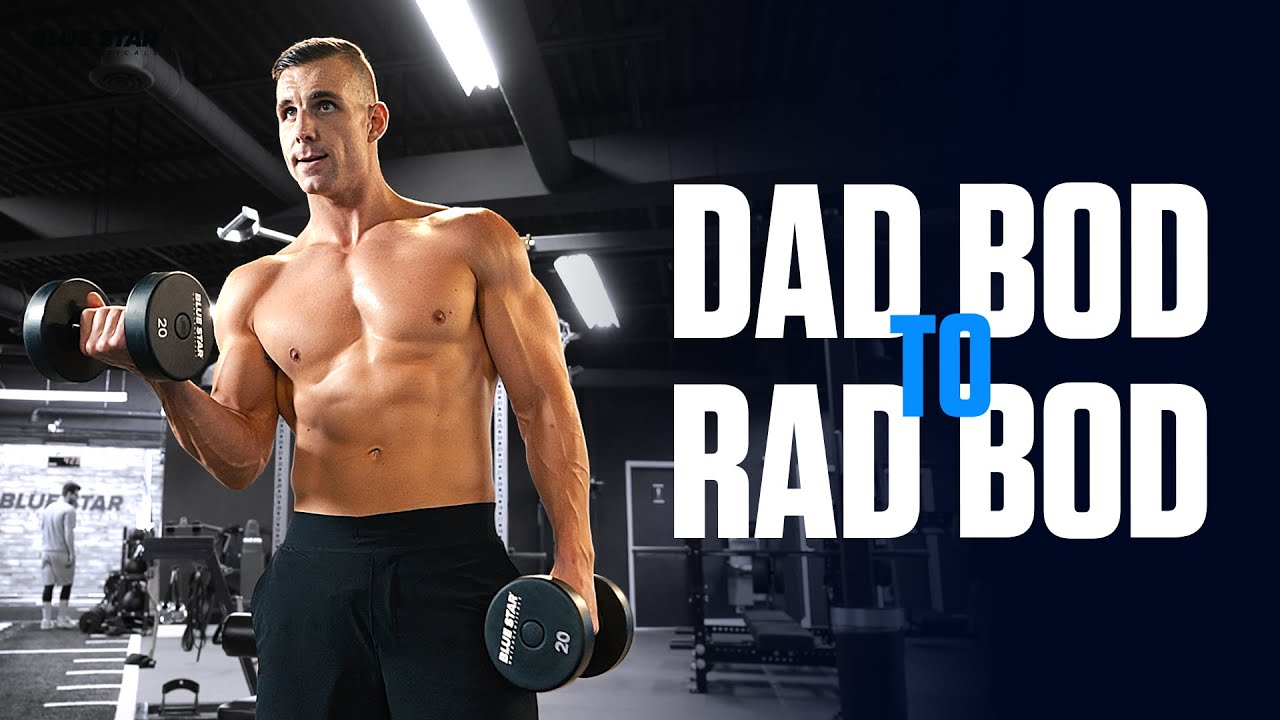
Body Transformation Series, Part 2 of 7
If you feel overwhelmed by all the conflicting nutrition and diet advice out there, you’re not alone. It seems that for every expert telling you a certain food is good, you’ll find others saying exactly the opposite. Healthy eating is not about strict dietary limitations, staying unrealistically thin, or depriving yourself of the foods you love. It’s about having more energy, improving your outlook, feeling great and stabilizing your mood.
We tend to think of “healthy eating” as some sort of deprivation or consequence of choosing to be fit over having a good time. But the truth is, developing an understanding of simple nutrition is actually quite easy. It’s the implementation part that is hard. As we work longer hours, we have less time to select and prepare food, leading to an increased reliance on fast food, ordering in and eating out – a loss of control over the of quantity and quality of the food we eat, including its preparation. Consequently, we eat more calories, sugar, salt, saturated and hydrogenated fat, running the risk of being shortchanged in other areas of nutrition. The convergence of these realities makes sound nutrition more important than ever. Understanding the pleasures and benefits of a healthy diet offers much satisfaction and even greater rewards, particularly if you are working towards a total body transformation.
Caloric intake
Caloric intake is simply the number of calories an individual consumes on a daily basis. To lose weight, you have to reduce the number of calories you consume below your Resting Metabolic Rate (RMR). The average RMR of an individual engaged in normal, daily activity (walking around the office, chores around the house, getting the mail, etc.) ranges from 1800-3000 kcal a day. Much depends, of course, on the amount of physical activity you get, gender, age, body size, height, lifestyle and overall general health, and it's different for everyone. According to the U.S Department of Health, the average adult male requires about 2,700 calories a day to maintain his weight, while the average female needs only 2,200 calories. Just to stay alive, we obviously need far less, but our bodies will function poorly if we consume too few. Contrary to popular belief, it is possible to consume too few calories, especially if you expect results from training. Your body must be properly nourished. To lose 1 pound, or 0.5kg per week, you will need to shave 500 calories from your daily menu. Try to lower your caloric intake gradually, and not less than 1,000 calories per day below RMR. Use the chart below to find your RMR.
Estimated RMR
RMR = 10 * weight (kg) + 6.25 * height (cm) - 5 * age(y) + 5 (man)
RMR = 10 * weight (kg) + 6.25 * height (cm) - 5 * age(y) - 161 (woman)
Think of your diet in terms of color, variety, and freshness. Focus on avoiding packaged and processed foods and opting for more fresh ingredients.
Food Choice
If you feel overwhelmed by all the conflicting nutrition and diet advice out there, you’re not alone. It seems that for every expert telling you a certain food is good, you’ll find others saying exactly the opposite. Healthy eating is not about strict dietary limitations, staying unrealistically thin, or depriving yourself of the foods you love. It’s about having more energy, improving your outlook, feeling great and stabilizing your mood. You can cut through the confusion and learn how to create a tasty, varied and healthy diet that is as good for your mind as it is for your body using these easy tips to transform daily eating habits. Ask yourself these 3 humble questions and the answers will guide you into your next snack or meal.
1) Am I even hungry?
It is the first question you should ask yourself before putting anything into your mouth. If you aren’t hungry but are feeling like its time to eat, you may be thirsty. Water helps flush our systems of waste products and toxins, yet many people go through life dehydrated—causing tiredness, low energy, and headaches. It’s common to mistake thirst for hunger, so staying well hydrated will also help you make healthier food choices.
2) Is it the best option?
Given an option between chips and a diet soda or fresh fruit, string cheese and water, what would be the best choice? When cutting back on unhealthy foods in your diet, it’s important to replace them with healthy alternatives. Replacing trans-fats with healthy fats (switching fried chicken for grilled fish) will make a positive difference. Instead of being overly concerned with counting calories, think of your diet in terms of color, variety, and freshness. Focus on avoiding packaged and processed foods and opting for more fresh ingredients.
3) How much will I need to satisfy my hunger?
When dining out, choose a starter instead of an entree, or split a dish with a friend. Visual cues can help with portion sizes–a serving of meat, fish, or chicken should be the size of a deck of cards. Enjoy ½ a cup of potato, rice, or pasta - it’s about the size of a light bulb. If you don't feel satisfied at the end of a meal, add more leafy green vegetables or fresh fruit.

Protein
Resistance training and protein intake are powerful stimulators for increased lean mass. If you want to turn ingested protein into muscle, a net positive protein balance (more synthesis than breakdown) is required. Without adequate protein in the diet, muscles cannot hypertrophy. Ingesting protein within a few hours of training, and over the subsequent 24-hour period increases the rate of protein synthesis. The best forms of protein are easily and rapidly digested and rich in essential amino acids, especially leucine. Whey protein found in milk is one source that meets both these goals. Although the current recommended amount of protein for sedentary individuals is 0.8 g per kg of body weight, those who train may need as much as 1.6-1.7g per kg of body weight. Eat plenty of fish, chicken, or plant-based protein such as beans, nuts, and soy. Replace processed carbohydrates from pastries, cakes, pizza, cookies and chips with fish, beans, nuts, seeds, peas, tofu, chicken, dairy, and soy products. Snack on nuts and seeds instead of chips, and replace baked desserts with Greek yogurt.
When to Eat
More and more research is determining that when you eat can be just as important to performance as what you eat. In fact, some studies suggest that if two athletes are performing the same training and eat exactly the same diet, the one who times her eating correctly will make the most performance gains. Nutrient timing requires the ability to time meals and snacks across a 24-hour period. Now we don’t all have the luxury of timing our meals and snacks with that much precision, but here are a few easy to follow guidelines that can help make your next workout great by fueling up with the right foods.
Pre-workout
Eating before a workout can give you the energy to power through a tough exercise session. Snacks before a workout should be carbohydrates combined with a moderate amount of protein. Try pairing a banana with a ½ cup of Greek yogurt; 8 oz. juice and a handful of pretzels, or a bagel or slice of toast with peanut butter. Consuming these types of snacks about two hours before exercise can help give you the appropriate energy for an awesome workout.
Post-Workout
After a tough workout, you have a 30-90 minute window of opportunity to replenish lost fuel sources. Good, post-workout choices include whole-wheat breads and pastas; fruit; vegetables and brown rice. These are low in fat and calories and can help with your weight-loss efforts. Lean protein sources also are important. Choices include skinless chicken, fish, low-fat dairy products, soy and nuts. Chocolate milk is an excellent choice. It has double the carbohydrate and protein content of white milk, contains leucine and is perfect for replenishing fatigued muscles. Plus it packs a nutritional bonus of calcium, and includes just a little sodium and sugar — additives that help recovering athletes retain water and regain energy.
 Irene Lewis-McCormick M.S is Adjunct Faculty at Drake University, an SCW Fitness Education (SCW) Certification Master Trainer and the Education Director at Octane Fitness. An Orange Theory Fitness coach, she’s a twice published author (Human Kinetics) holding advisory board positions with Diabetic Living and the National Egg Council. Named Top 3 Group Fitness Instructor 2015 by IDEA Health & Fitness, Irene is a RYKA Ambassador and Subject Matter Expert for ACE. Irene presents education for SCW, ACSM, IDEA and NSCA. She is an SCW, TRX, Tabata Bootcamp, Barre Above, JumpSport and Octane Fitness master trainer. Certifications include SCW, ACSM, NSCA, ACE, AFAA & AEA.
Irene Lewis-McCormick M.S is Adjunct Faculty at Drake University, an SCW Fitness Education (SCW) Certification Master Trainer and the Education Director at Octane Fitness. An Orange Theory Fitness coach, she’s a twice published author (Human Kinetics) holding advisory board positions with Diabetic Living and the National Egg Council. Named Top 3 Group Fitness Instructor 2015 by IDEA Health & Fitness, Irene is a RYKA Ambassador and Subject Matter Expert for ACE. Irene presents education for SCW, ACSM, IDEA and NSCA. She is an SCW, TRX, Tabata Bootcamp, Barre Above, JumpSport and Octane Fitness master trainer. Certifications include SCW, ACSM, NSCA, ACE, AFAA & AEA.


